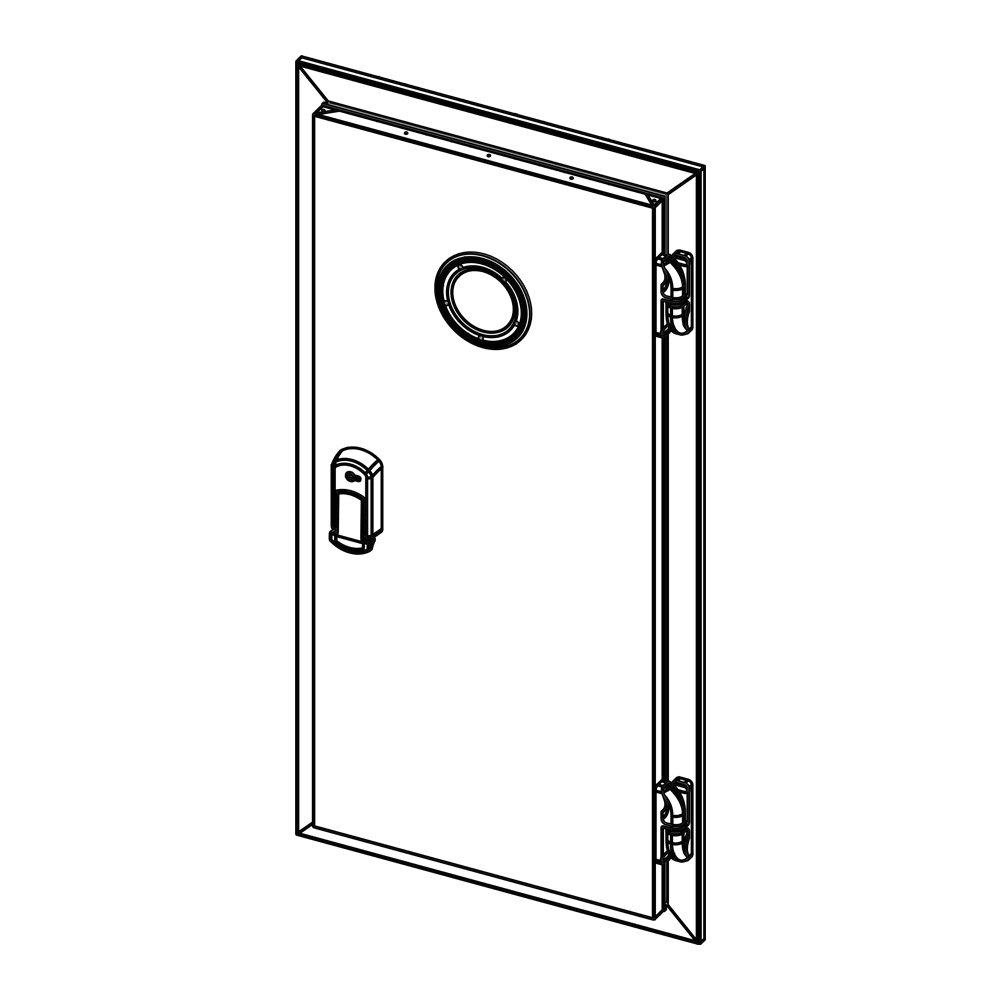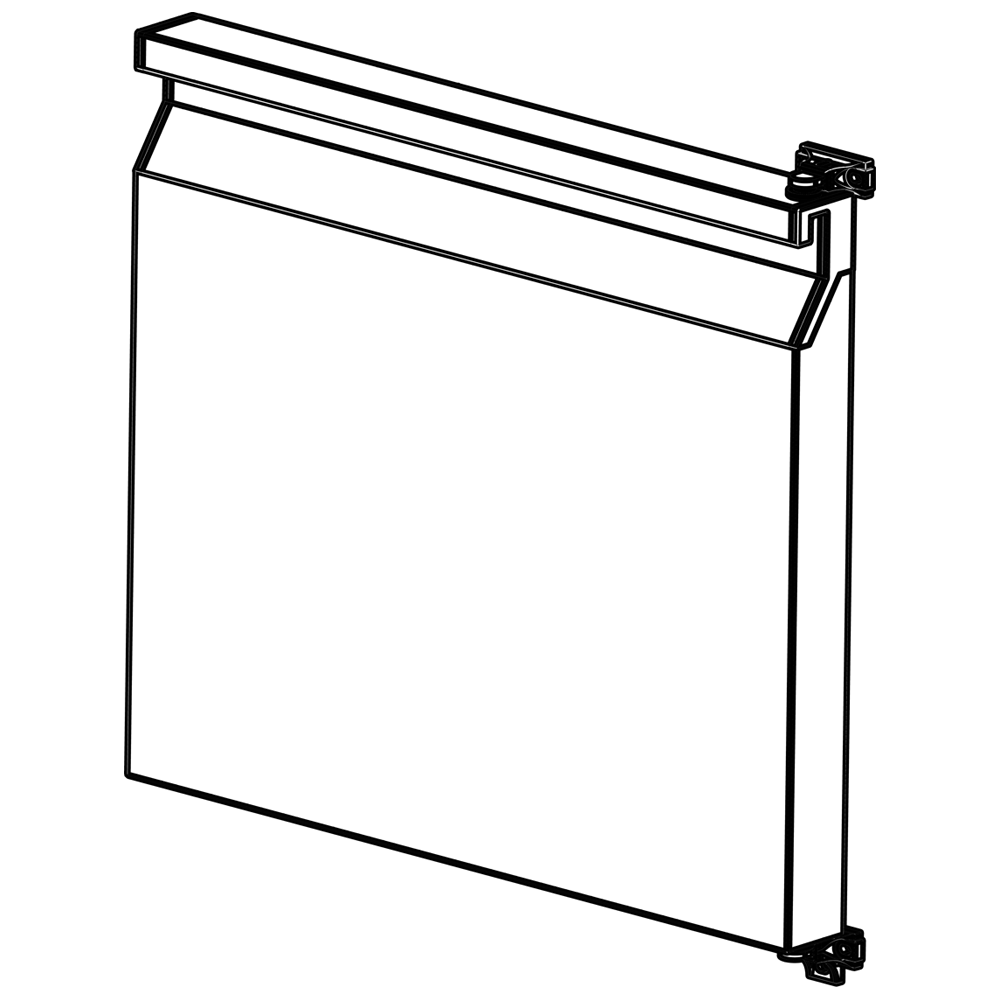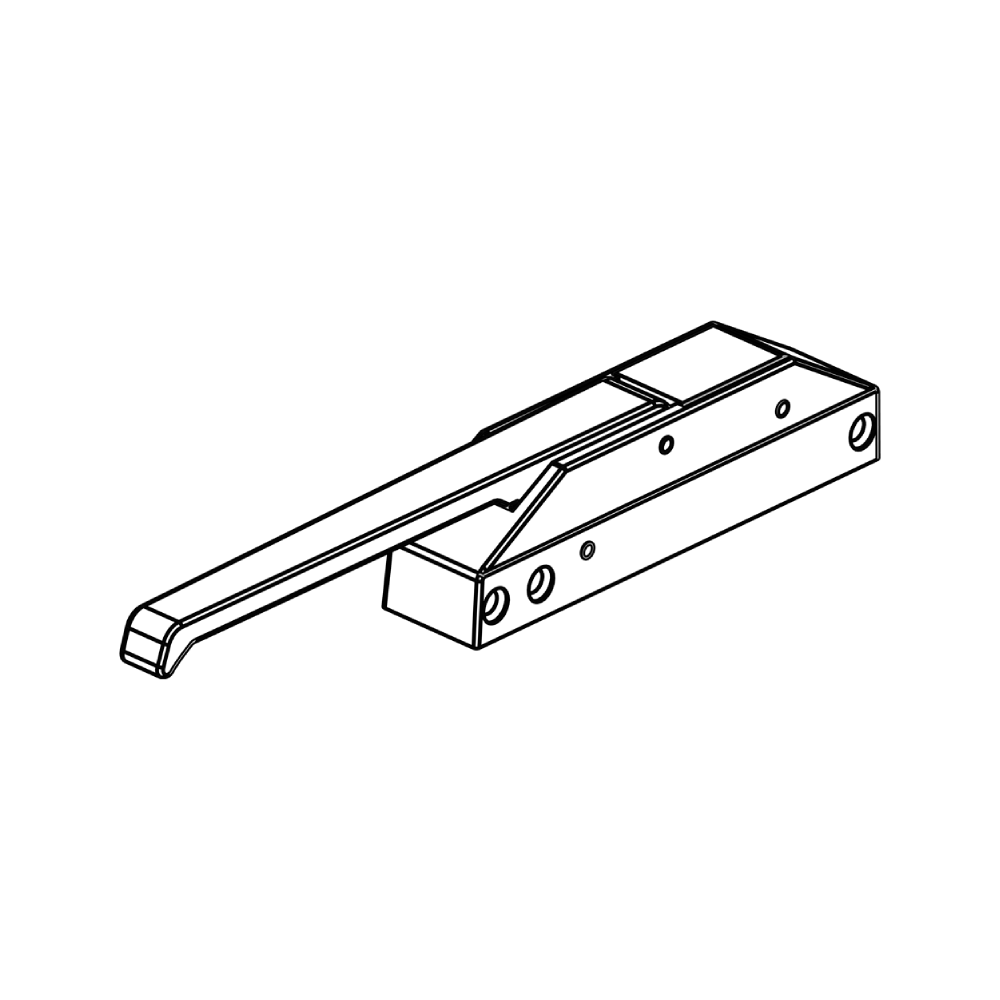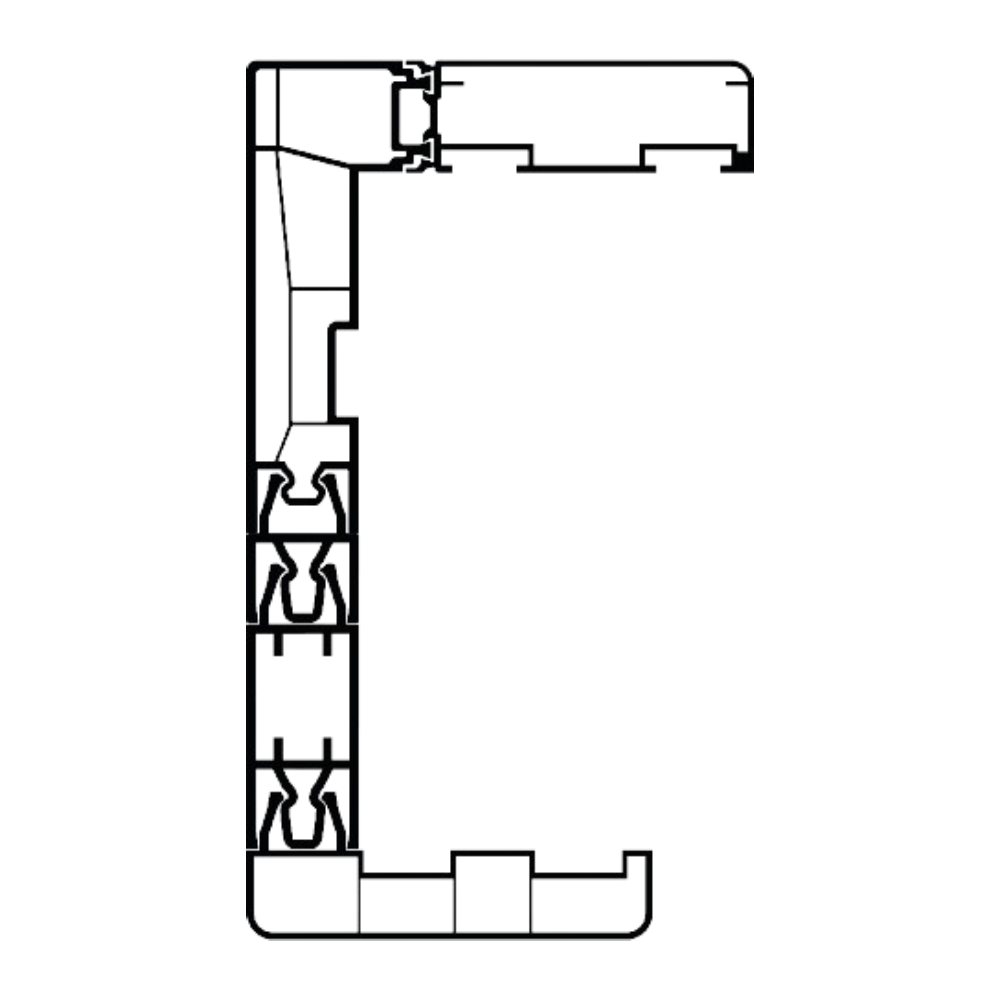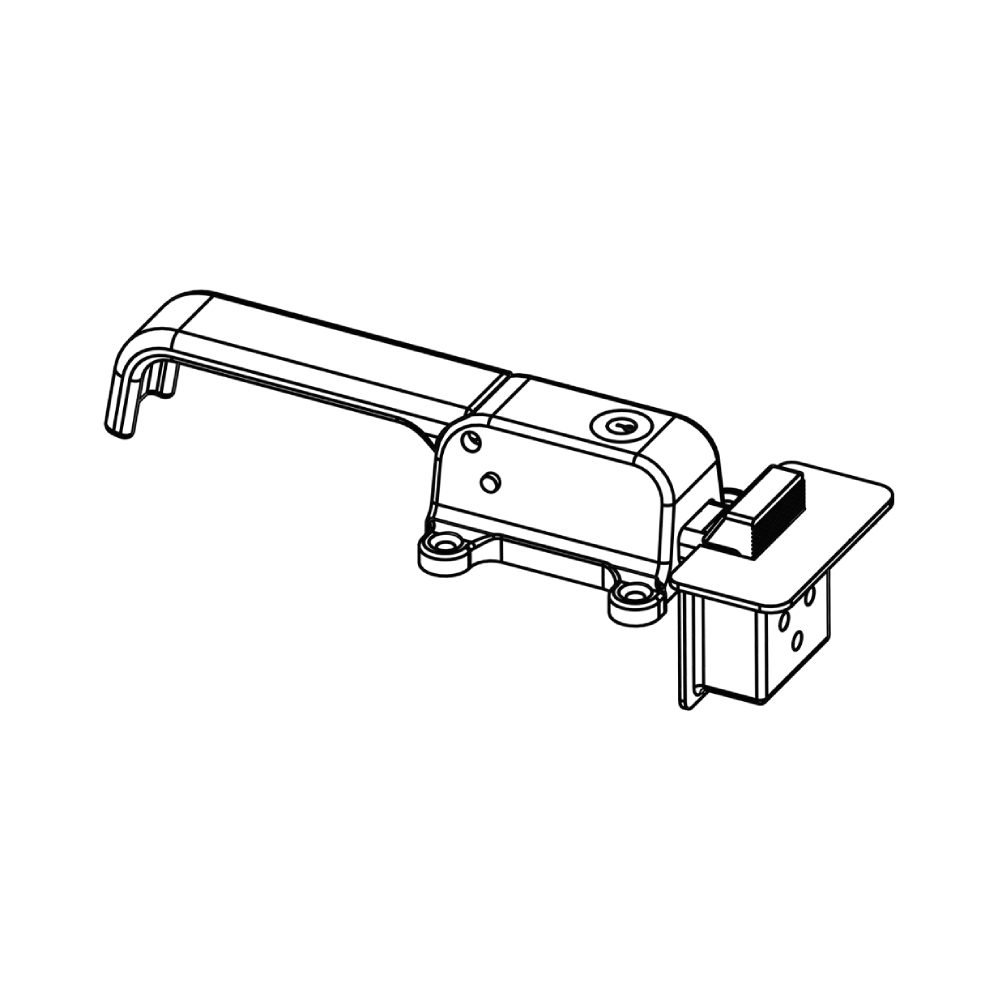Cold Room Corner Profiles
Definition and Functionality of Corner Profiles
Cold room corner profiles are structural components used in cold storage facilities, industrial refrigeration systems, and environments requiring precise temperature control. These profiles are designed to provide sealing, insulation, and aesthetic integrity at the joints of cold room panels, particularly at corners and edges. Their primary functions are to create an airtight structure by connecting the inner and outer panels of cold rooms, prevent energy loss, and support hygiene standards. Widely used in the food, pharmaceutical, logistics, and retail sectors, corner profiles enhance the durability and efficiency of cold rooms.
Corner profiles are typically made from corrosion-resistant materials such as stainless steel, aluminum, or galvanized steel. They are designed to adapt to the low-temperature environments of cold rooms (from -40°C to +5°C) and prevent thermal bridging at panel joints. Profiles can be customized for different panel thicknesses (e.g., 60 mm to 120 mm) and cold room designs. For instance, thicker, highly insulated profiles are preferred for blast freezing rooms, while lighter profiles are used in standard cold rooms. These profiles provide both structural support and protection of the cold room’s internal environment from external factors.
Structural Features and Technical Advantages
Cold room corner profiles are manufactured to high engineering standards and designed to withstand the harsh conditions of cold rooms. Profiles made from stainless steel (304 or 316 grade) or anodized aluminum exhibit high resistance to corrosion in humid and cold environments. Galvanized steel profiles are a more cost-effective option, with special coatings to enhance corrosion resistance. The smooth surfaces of the profiles ensure ease of cleaning and support hygiene standards.
Profiles are equipped with special gaskets or insulation tapes to ensure airtightness at panel joints. These gaskets, typically made from silicone or EPDM materials, retain flexibility down to -50°C. Corner profiles can reduce energy loss by 20-30% by preventing thermal bridging. For example, profiles compatible with polyurethane foam-filled panels maximize insulation performance. Some profiles are coated with antimicrobial coatings to prevent bacterial and mold growth, which is critical in the food and pharmaceutical industries.
Corner profiles can be produced in various designs, such as L-shaped, U-shaped, or custom-angled profiles, tailored to the geometry of the cold room. To facilitate ease of installation, profiles are typically designed with screw or snap-fit connection systems, speeding up the installation process and simplifying maintenance. Additionally, profiles enhance the aesthetic appearance of cold rooms and offer a modern design.
Industrial Use and Application Areas
Cold room corner profiles are used in industries where hygiene and energy efficiency are paramount. In the food industry, corner profiles ensure sealing in cold rooms storing meat, fish, dairy products, fruits, vegetables, and frozen foods, thereby protecting product safety. For example, in a meat processing facility, corner profiles prevent air leaks at panel joints and support the continuity of the cold chain.
In the pharmaceutical industry, corner profiles create a hygienic structure in cold rooms storing vaccines, blood products, and other sensitive medical supplies. Antimicrobial-coated profiles prevent microorganism buildup, ensuring compliance with stringent regulations. In cold chain logistics, corner profiles provide rapid assembly and durability in mobile cold rooms used for product transport and temporary storage.
In commercial kitchens, restaurants, hotels, and supermarkets, corner profiles offer both aesthetic and functional solutions. For instance, in a supermarket’s back storage, corner profiles ensure seamless panel joints, supporting energy savings and hygiene standards. In laboratories and clean rooms with high hygiene requirements, the smooth and easily cleanable structure of profiles provides a significant advantage.
Benefits of Corner Profiles
Cold room corner profiles offer multifaceted benefits to businesses:
- Insulation and Energy Efficiency: Profiles ensure airtightness at panel joints, reducing energy loss. This allows refrigeration systems to operate less, lowering energy costs by 20-30%.
- Hygiene Support: Antimicrobial-coated and smooth-surfaced profiles prevent bacterial and mold growth, complying with sanitation standards in the food and pharmaceutical industries.
- Durability: Stainless steel or aluminum profiles are resistant to corrosion in humid and cold environments, requiring minimal maintenance over many years.
- Aesthetic and Modern Design: Profiles provide a neat and professional appearance to cold rooms, enhancing the business’s image.
- Ease of Installation: Screw or snap-fit connection systems speed up the installation process and simplify maintenance tasks.
Production Process and Material Selection
The production of cold room corner profiles requires precise engineering and quality control processes. Production begins based on the cold room’s panel thickness, temperature range, and design requirements. Profiles are typically cut and shaped using CNC machines, ensuring precise measurements and smooth surfaces. Stainless steel or aluminum materials are treated with special coatings to resist corrosion; for example, anodized aluminum profiles ensure long-term use in humid environments.
Gaskets, made from silicone or EPDM materials, undergo sealing tests. Antimicrobial coatings are applied during production to provide hygienic properties. Profiles are tested for insulation performance, corrosion resistance, and mechanical durability. For instance, profiles used in blast freezing rooms are reinforced to resist deformation at -40°C. During quality control, profiles are evaluated for compliance with international standards (e.g., ISO or EN).
Material selection is tailored to the intended use. In the food industry, hygienic stainless steel profiles are preferred, while more cost-effective galvanized steel profiles are used in logistics warehouses. Some profiles are equipped with coatings resistant to UV rays or chemical cleaners.
Types and Varieties of Corner Profiles
Cold room corner profiles are produced in various models to meet different needs:
- L-Shaped Profiles: Used at 90-degree panel joints, ideal for standard cold rooms.
- U-Shaped Profiles: Provide sealing by covering panel edges, typically used on outer edges.
- Custom-Angled Profiles: Manufactured project-specific for non-standard cold room designs.
- Antimicrobial Profiles: Equipped with coatings to prevent bacterial growth, tailored for the food and pharmaceutical industries.
- Heavy-Duty Profiles: High-strength profiles compatible with thick panels for large logistics warehouses, offering high durability.
This variety provides solutions tailored to the needs of different industries, expanding the application range of profiles.
Installation and Maintenance Recommendations
Proper installation of cold room corner profiles is critical to maintaining their performance over time. Installation must align precisely with panel dimensions and the cold room’s geometry. Profiles should be secured with screw or snap-fit connection systems, and the sealing of gaskets must be verified. Installation by professional teams ensures optimal insulation and aesthetic results.
For maintenance, profiles should be regularly cleaned with hygienic cleaners. Stainless steel surfaces are resistant to chemical cleaners and can be easily polished. The wear condition of gaskets should be periodically checked and replaced if necessary. The corrosion status of profiles should be regularly inspected, and any signs of rust should prompt replacement. These measures ensure the profiles remain hygienic and functional.
Production and Industry Dynamics in Turkey
Turkey has a strong infrastructure for the production of cold room corner profiles. Local companies produce high-quality and cost-effective profiles, competing in both domestic and international markets. For example, some Turkish manufacturers produce antimicrobial-coated profiles for the food and pharmaceutical industries, while offering durable and economical solutions for the logistics sector. Companies provide detailed technical support and customization options to meet customer needs. Turkey holds a significant position in this field, exporting to Europe, the Middle East, and Asia.
Technological Innovations and Future Perspectives
Cold room corner profiles are continually evolving with technological advancements. Smart profiles equipped with sensors can monitor temperature and humidity levels, optimizing insulation performance. Eco-friendly materials, such as recyclable aluminum or composite profiles, contribute to sustainability goals. Antimicrobial coatings using next-generation nanotechnology can more effectively prevent bacterial and viral growth. In the future, lighter, more durable, and highly insulated profiles will further enhance the energy efficiency and hygiene standards of cold rooms.


